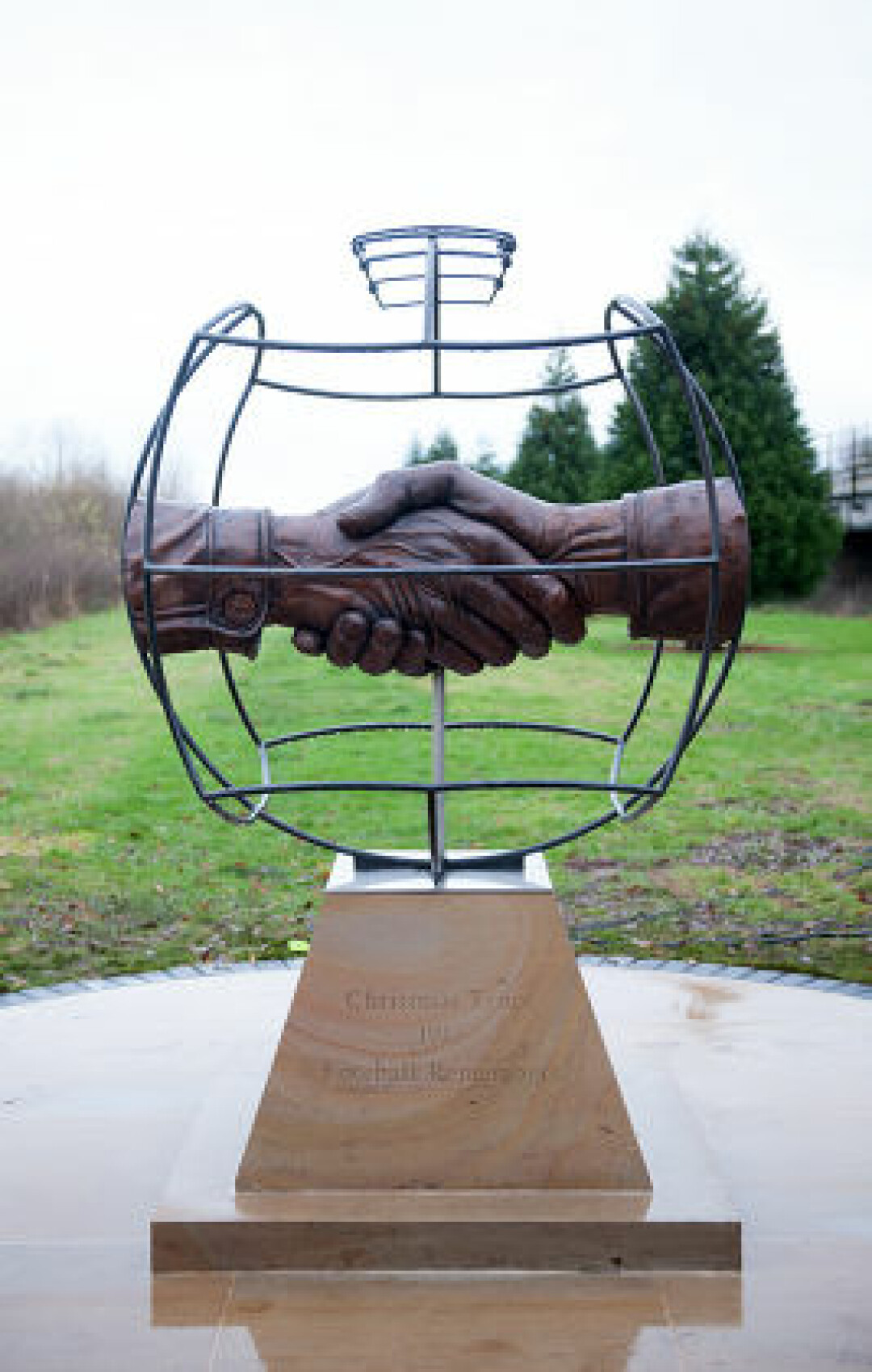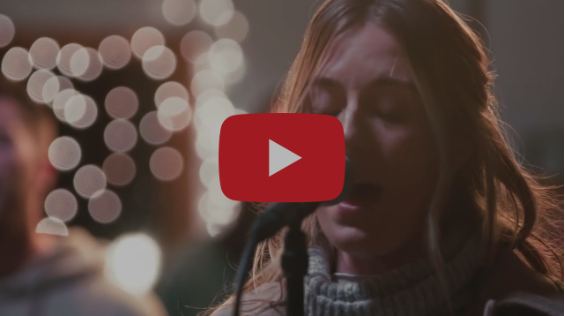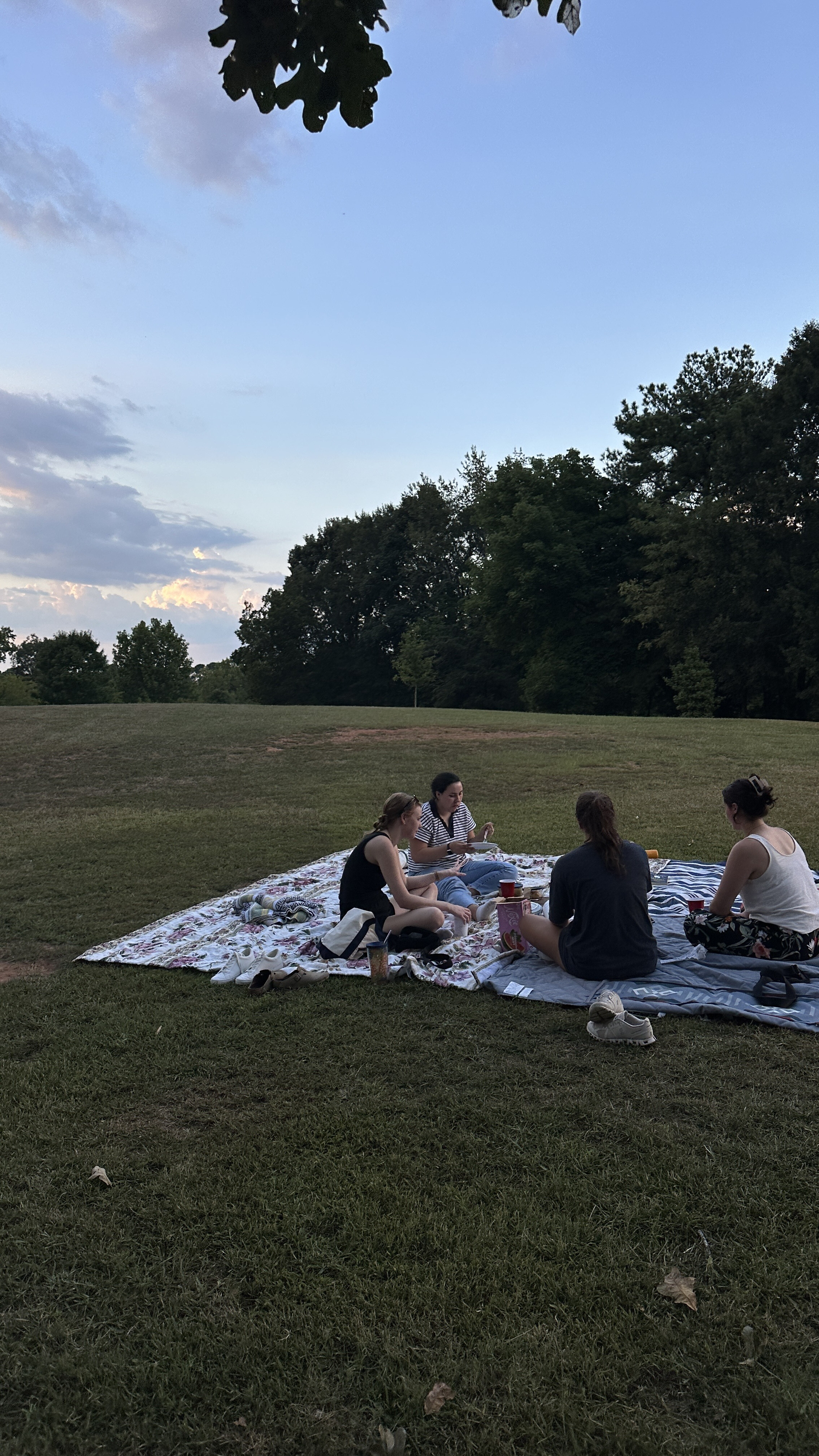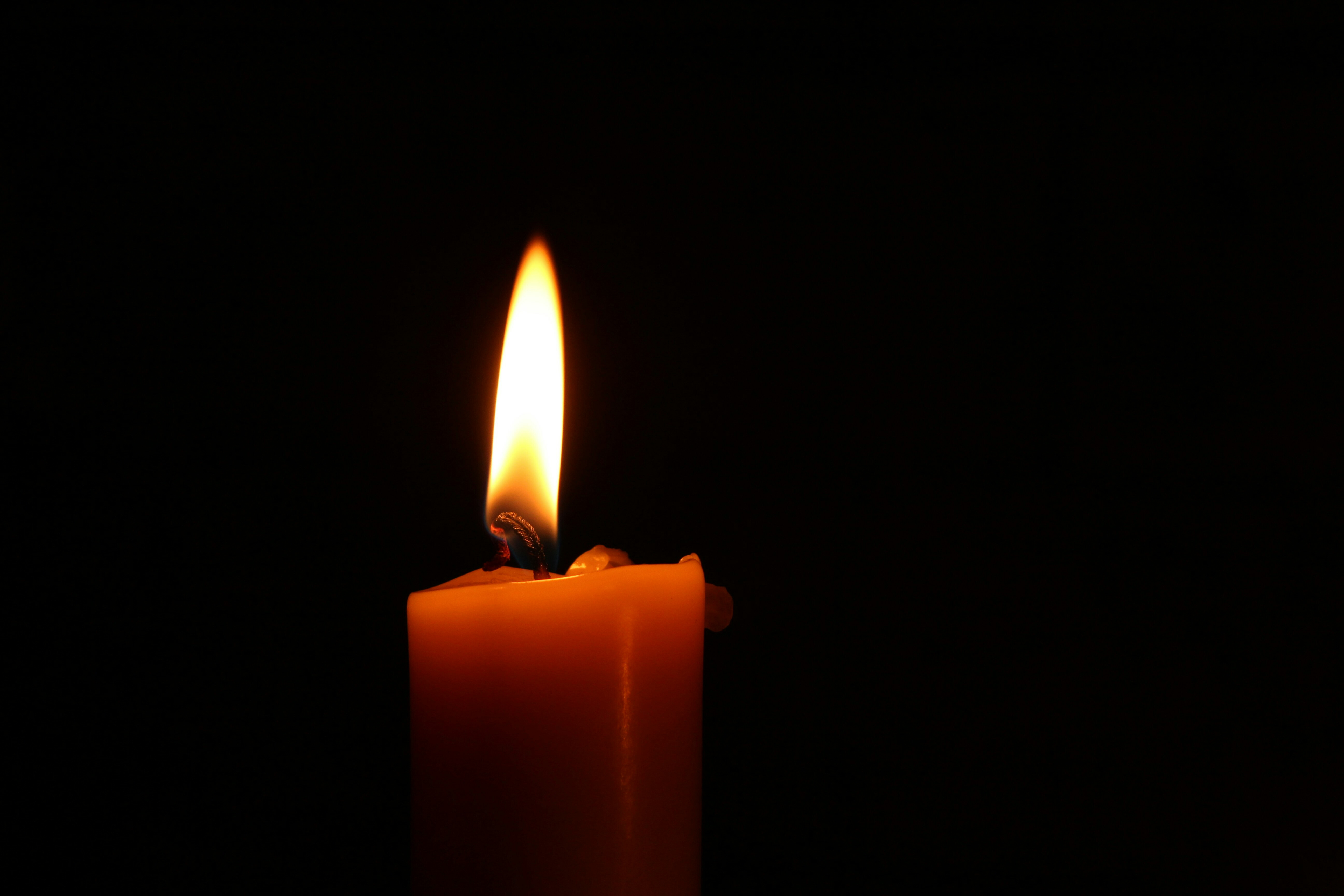
by Donny Abbott on December 08, 2022

The Football Remembers Memorial at the National Memorial Arboretum in England, commemorating the 1914 Christmas Truce.
Max Mumby/Indigo/Getty Images
On Christmas Eve in 1906, an inventor named Reginald Fessenden was experimenting with combining the telegraph with a crude type of microphone. He decided to read into the microphone the Christmas story from Luke 2. He had no idea who might be out there listening to what he had to say. But listening in on what would become the first radio broadcast were sailors aboard ships traveling all along the Easter seaboard. These sailors couldn’t believe what they were hearing…..a human voice coming through their speakers. Fessenden closed his short radio show by playing the violin and the song he played, and the first song ever played over radio waves was the Christmas Carol “O Holy Night.”
This wasn’t the last time this dearly loved Christmas carol would pay a surprise visit and stop people in their tracks.
Fast forward a few years to 1914, WWI has broken out across Europe. Belgians and Germans and French and the British were all fighting one another. But on Christmas Eve of that year a German Lieutenant named Kurt Zehmisch wrote in his journal about an unlikely event that he was an eyewitness to. He writes:
“Eventually the English brought a soccer ball from their trenches, and pretty soon a lively game ensued,” he wrote. “How marvelously wonderful, yet how strange it was. The English officers felt the same way about it. Thus Christmas, the celebration of Love, managed to bring mortal enemies together as friends for a time.”
The above-described soccer match occurred in what was called “no man’s land” an area of uncertainty that separated the forces fighting in the trenches during WWI. This space ranged between thirty feet to over several hundred feet; a perfect space to have a pickup game of soccer.
What was so unusual about this soccer match is that it occurred on Christmas Eve of 1914. By that time the war was six months old, and soldiers everywhere thought the fighting would be over quickly and they would be home with their loved ones by Christmas. What they came to know all too well, is that this war would rage on for four long years and become, up to that point, the bloodiest war in history.
Although aerial dogfights were taking place and tanks and other heavy artillery were in their infancy, a lot of the fighting was still up close and personal. Because of that, battle lines were drawn by trenches. These trenches were usually three to eight feet deep and no more than three or four feet wide. Although they provided a decent amount of protection from enemy forces, trenches were miserable places for a soldier. Fleas, lice, and mud were just a few of the things that made trench warfare challenging to say the least.
On this Christmas Eve, the bullets and mortars that once were constantly whizzing overhead, slowly subsided and gave way to the exchange of cheerful Christmas wishes to the opposing forces. Slowly and sporadically all along the Western Front, soldiers began emerging from their trenches as Captain Robert Miles of the King’s Shropshire Light Infantry, wrote in his journal:
“Friday (Christmas Day). We are having the most extraordinary Christmas Day imaginable. A sort of unarranged and quite unauthorized but perfectly understood and scrupulously observed truce exists between us and our friends in front. The funny thing is it only seems to exist in this part of the battle line – on our right and left we can all hear them firing away as cheerfully as ever. The thing started last night – a bitter cold night, with white frost – soon after dusk when the Germans started shouting 'Merry Christmas, Englishmen' to us. Of course, our fellows shouted back and presently large numbers of both sides had left their trenches, unarmed, and met in the debatable, shot-riddled, no man's land between the lines. Here the agreement – all on their own – came to be made that we should not fire at each other until after midnight tonight. The men were all fraternizing in the middle (we naturally did not allow them too close to our line) and swapped cigarettes and lies in the utmost good fellowship. Not a shot was fired all night.”
The soldiers would meet in no man’s land and exchange pleasantries, alcohol, pictures, tobacco, and souvenirs such as buttons and other mementos. They would bury their fellow soldiers in impromptu graveside services that were attended by fighting forces from both sides.
And there was singing.
Against the backdrop of gunfire and explosions that could be heard from miles away, singing first started out in the trenches where the Germans would sing “Silent Night” and in return, the British would sing “O Come All ye Faithful.” Another popular song that rang out into the night air, and my personal favorite, was “O Holy Night.”
This carol actually started out as a French poem written by an atheist of all people….a guy named Placide Cappeau. He was asked to write the poem to celebrate the renovation of a church organ that dated back to the 17th century. So, in 1843, while traveling by stagecoach to Paris, he penned the words to “Minuit, Chrétien’s” (Midnight, Christians). This poem and the restored church organ made for a real celebratory occasion with the music later provided by a Jewish composer named Adolphe Adam.
And then in 1855, a Unitarian Minister named John Sullivan Dwight wrote the English version that we are familiar with today.
It’s a carol that acknowledges the solemness of the night that Christ was born; a night that was unlike any before or since. And although it was prophesied in the Scriptures it came as a total surprise as author Max Lucado notes:
“Those who missed His Majesty’s arrival that night missed it not because of evil acts or malice; no, they missed it because they simply weren’t looking. Little has changed in the last two thousand years, has it?”
Isn’t it interesting that two people, an atheist, and a Jew, both outside of orthodox Christianity were responsible for creating a carol that is one of the most popular Christmas carols of all time.
But isn’t that exactly why Christ came in the first place…to reach those outside? That’s you and me, people who are part of the “world in sin and error pining.” And this is where we read the essence of the Good News as described in the book of John:
“For God so loved the world, that he gave his only Son, that whoever believes in him should not perish but have eternal life.” — John 3:16
So, in the Spirit of Christmas, is there a situation…or is there a person that you need to invite to “no man’s land?” That’s a hard question to think about isn’t it.
But what was it that brought the soldiers together in “No Man’s Land?” Sure it was songs...but songs about who? About Christ. I think this serves as a powerful reminder of what the Gospel does as we unite with Jesus the Good Shepherd and with others who are not like us, or with others who we have conflict with.
The other question for you and I to consider is: what makes the night of Christ’s birth holy to you?
PRAYER
Father…from Shepherds to Soldiers to Sinners…all have felt the effects of you…a holy God who pierces the human heart. We thank you for that.
We thank you for this particular Christmas carol…O Holy Night…and how you have used it to encourage millions of people and to remind us of your goodness.
We thank you for the gift that you have given us…your Son…Emmanuel God with us. Amen
Note:
Captain Miles ended up dying five days later.
Pope Benedict had implored leaders of the battling nations to hold a Christmas truce on December 7th, asking "that the guns may fall silent at least upon the night the angels sang." His plea was officially ignored.
Timberline recently recorded "O Holy Night" as a beautiful tool for reflection during Advent and the Christmas season. Join us and praise His holy name by watching the full video below.





